There are a lot of conversations right now about standards based grading and schools switching to standards based grading. I wanted to give my take on just what is standards based grading, how it looks in my classroom, and some tips and tricks after doing it for a few years. Let’s jump into standards based grading explained!
What is Standards Based Grading
First, let’s talk about what standards based grading (SBG) is in primary teacher terms. SBG is simply a way to grade students based on mastery of the standard. There are not percentages or letter grades, students are ranked on a simple 1-3 or 1-4 scale. I have used both a 1-3 and 1-4 scale, it just depends on the district.
For the teacher, instead of grading every single assignment, worksheet, center activity with a percentage and/or a letter you get to purposefully choose work samples that meet a standard and assess the students mastery of that standard.
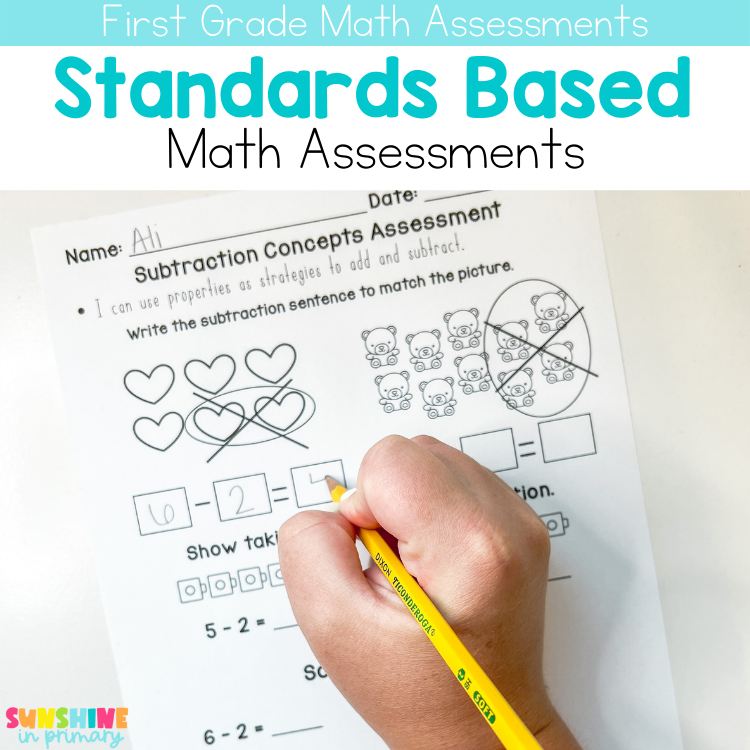
How does Standards Based Grading Look in First Grade?
I am quite literally obsessed with SBG for littles. It just makes sense. In my opinion, no letter grade or percentage can accurately show parents where their first grader is performing. I also feel that percentages and letter grades can be so discouraging when your student is 6 years old. Whereas, the SBG scale makes more sense. It gives parents a detailed look at what their student is rocking, where their student is progressing and where their student needs support. It gives such a larger picture than just your student has a D in math. Realistically, if your student has a D in math it could mean they are bad at all math standards but that is highly unlikely. This is where the SBG scale really shows where they are actually struggling in math. Okay, okay TED talk over. Let’s talk about how this looks in my classroom.
I wish I could invite each and every one of you into my classroom to show you the hands on, creative and play based learning environment I have set up. If you know anything about me you know how passionate I am about creating an environment that is supportive of my littles. This environment is even easier to create and maintain when standards based grading rather than letter grading. Every and all activities, centers, worksheets, anchor charts, etc in my classroom are aligned to a standard we teach. Majority, if not all at this point, clearly state the standard at the top. I have found including the standard on everything really helpful to parents when checking their work at home and for parent-teacher conferences.
Every time I check an assignment that was turned in, I grade it using our 1-4 scale rather than by percent. I then record the standard covered and the number in my grade book. Once it comes time to give students a final standard rating on report cards I look back at my records. If a standard has 5 “grades” in my grade book, I will average those together and create the final rating for their grade card. Essentially, instead of the traditional “wkbk p. 13 – 7/9” listed in my grade book you would see “MD.1.4.F – 3” listed in my gradebook. Indicating the activity covered standard MD.1.4.F and that student was a 3- meeting the standard. The actual activity, number of problems or percentage doesn’t matter to me but instead how was the student progressing toward mastery of that standard.
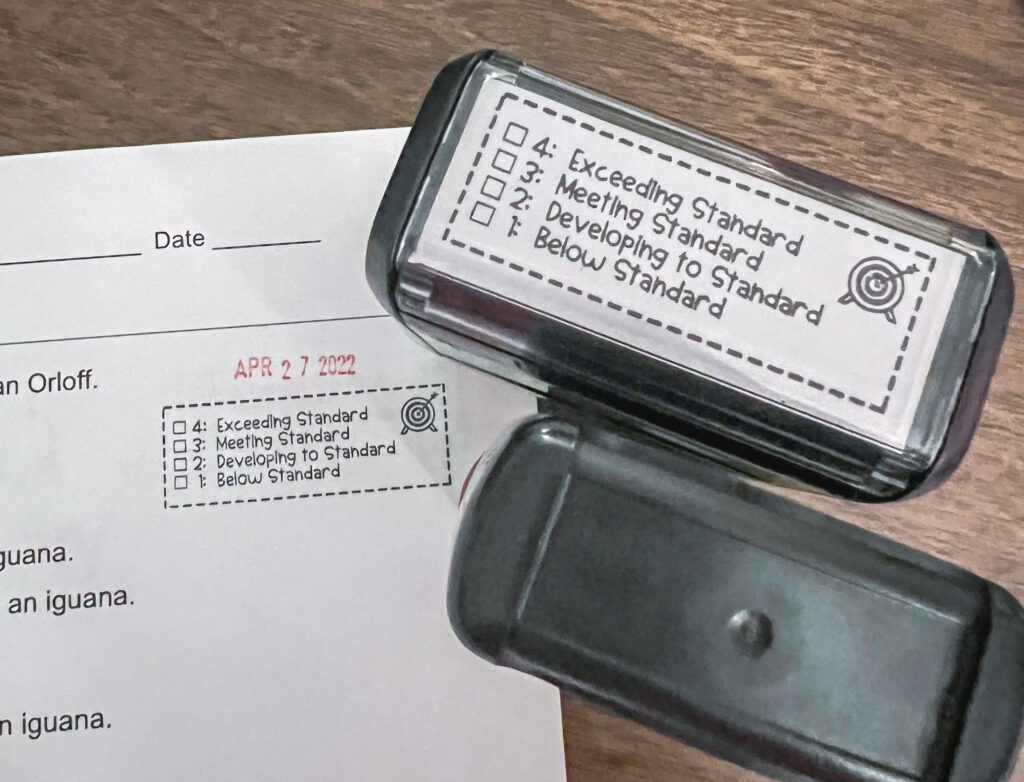
Tips and Tricks
Now that we have covered what SBG is and how it looks in my classroom, I want to share a few tips and tricks in case you find yourself doing SBG!
- Invest in one of these stamps – I use this stamp every single day, every single time that I grade something. It is such an easy way to show parents exactly where their student was for that standard. At the beginning of the year, I always send home a note explaining standards based grading and the stamp. Explaining that they will see this on every assignment and what it means. At my school, Kinder also SBG’s so most familiar are familiar with the process but maybe just not the stamp. Although, I try to influence everyone to have one because it makes it SO easy!
- Add a date stamp – Along with the standard stamp, I also date stamp every assignment so parents know exactly when I graded it and where the student was at that time. Not only is this stamp combo helpful for work sent home, it is super helpful come conferences when I show work samples. It also makes it much easier on me if families have a question about their students’ progress.
- Label/Organize all activities by standard – All of my teacher files and center activities are organized by standard. That way I know exactly what standard students are working on in centers, what I need to pull next or what I need to circle back too. It also makes it super easy for me to pull worksheets, games, activities to meet a standard that I need to introduce, cover again or just continue practicing with a student.
- Record everything by standard – you won’t want to record the actual activity students are working on like “comparing numbers worksheet” or workbook page 51 because come gradecard time that doesn’t help you. You will want to know exactly what standard or standards were covered on that workbook page. This will also help you ensure that every student has grades for every standard.
- Remake assessments – If you are allowed, I would rework your assessments or encourage your school/district too. Create assessments that are not overwhelming and assess the standard clearly. Again, even better if you can clearly state what standard is being assessed for each problem that will be even more helpful to you and families. You can check out my simple first grade standards based math assessments here to get an idea! Each assessment is short and to the point. They clearly cover the standards and only the standards for that math unit. It makes it super easy for me and families plus it isn’t overwhelming for my students! I even sometimes cut them apart to make quick exit tickets.
I hope you found this information helpful for your standards based grading journey! Whether it is just beginning or you’re looking to streamline your process I really think you will LOVE it!

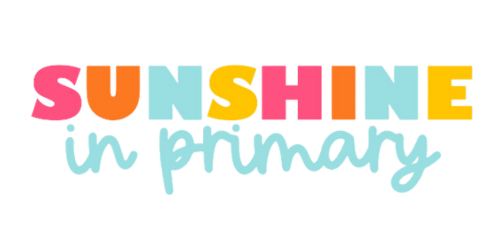





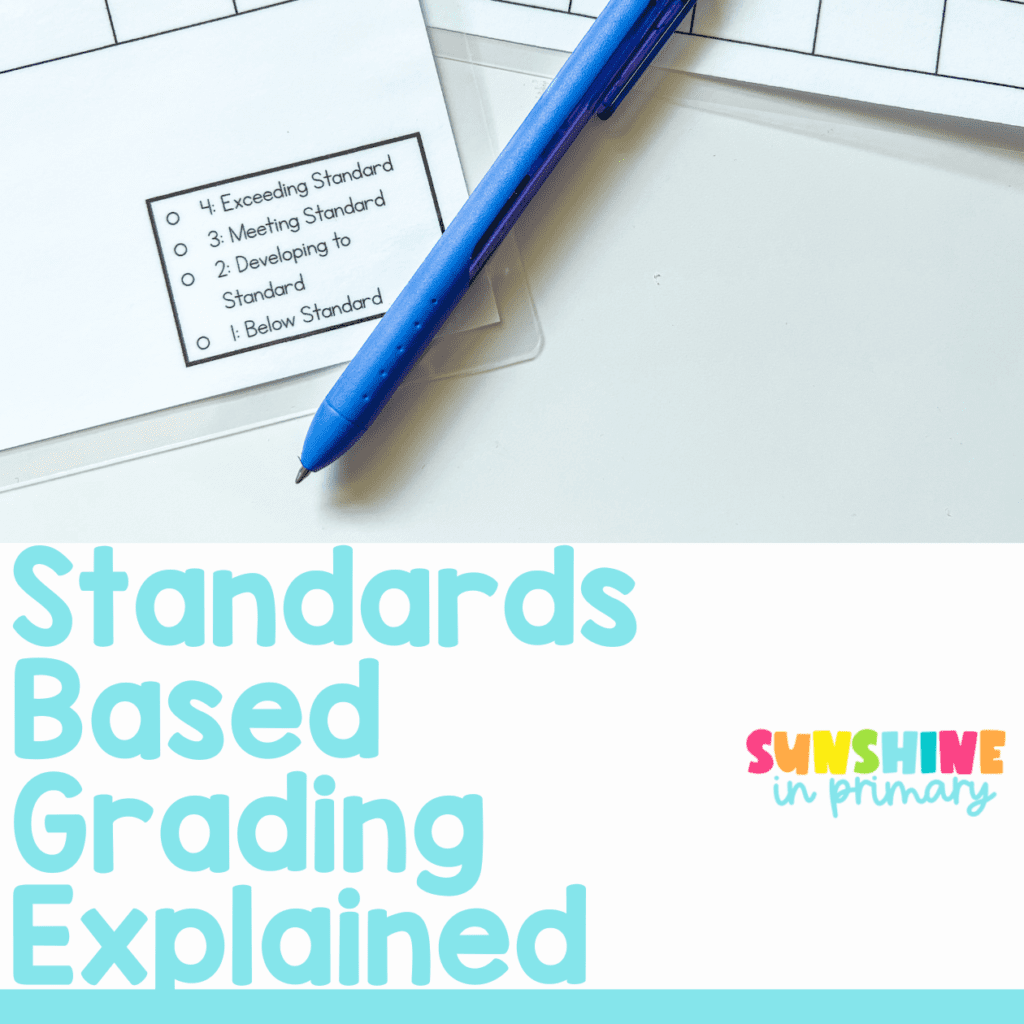
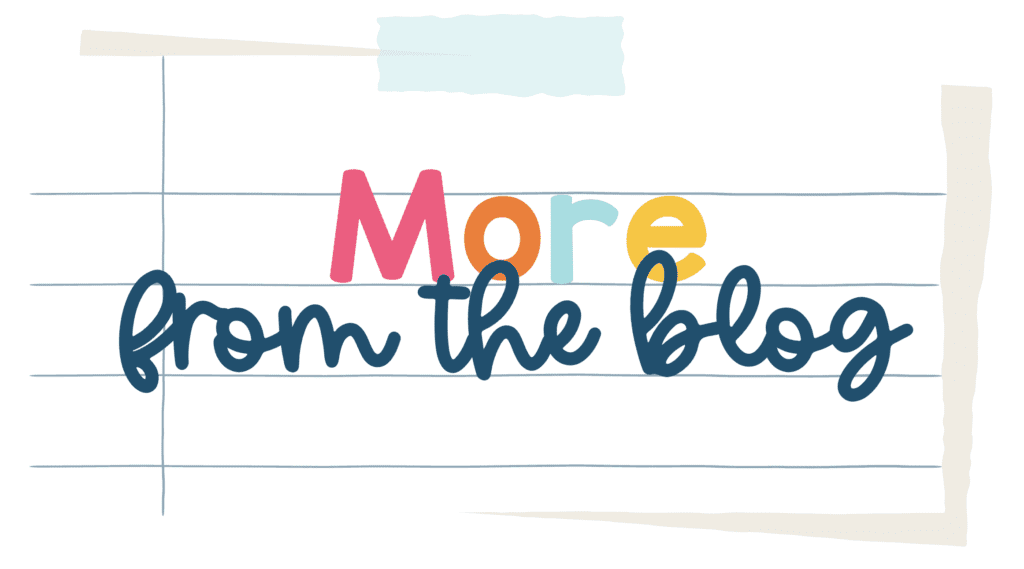
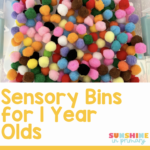
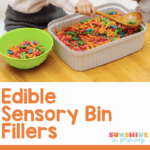
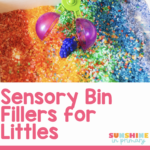
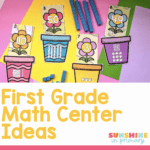
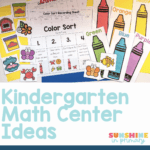


One Response